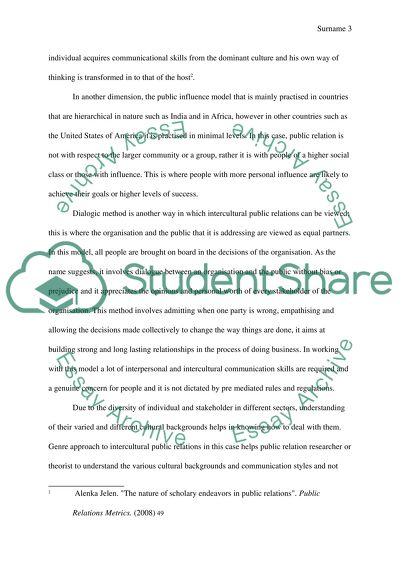Cite this document
(“Intercultural public relations Essay Example | Topics and Well Written Essays - 2000 words”, n.d.)
Retrieved from https://studentshare.org/journalism-communication/1481316-intercultural-public-relations
Retrieved from https://studentshare.org/journalism-communication/1481316-intercultural-public-relations
(Intercultural Public Relations Essay Example | Topics and Well Written Essays - 2000 Words)
https://studentshare.org/journalism-communication/1481316-intercultural-public-relations.
https://studentshare.org/journalism-communication/1481316-intercultural-public-relations.
“Intercultural Public Relations Essay Example | Topics and Well Written Essays - 2000 Words”, n.d. https://studentshare.org/journalism-communication/1481316-intercultural-public-relations.


